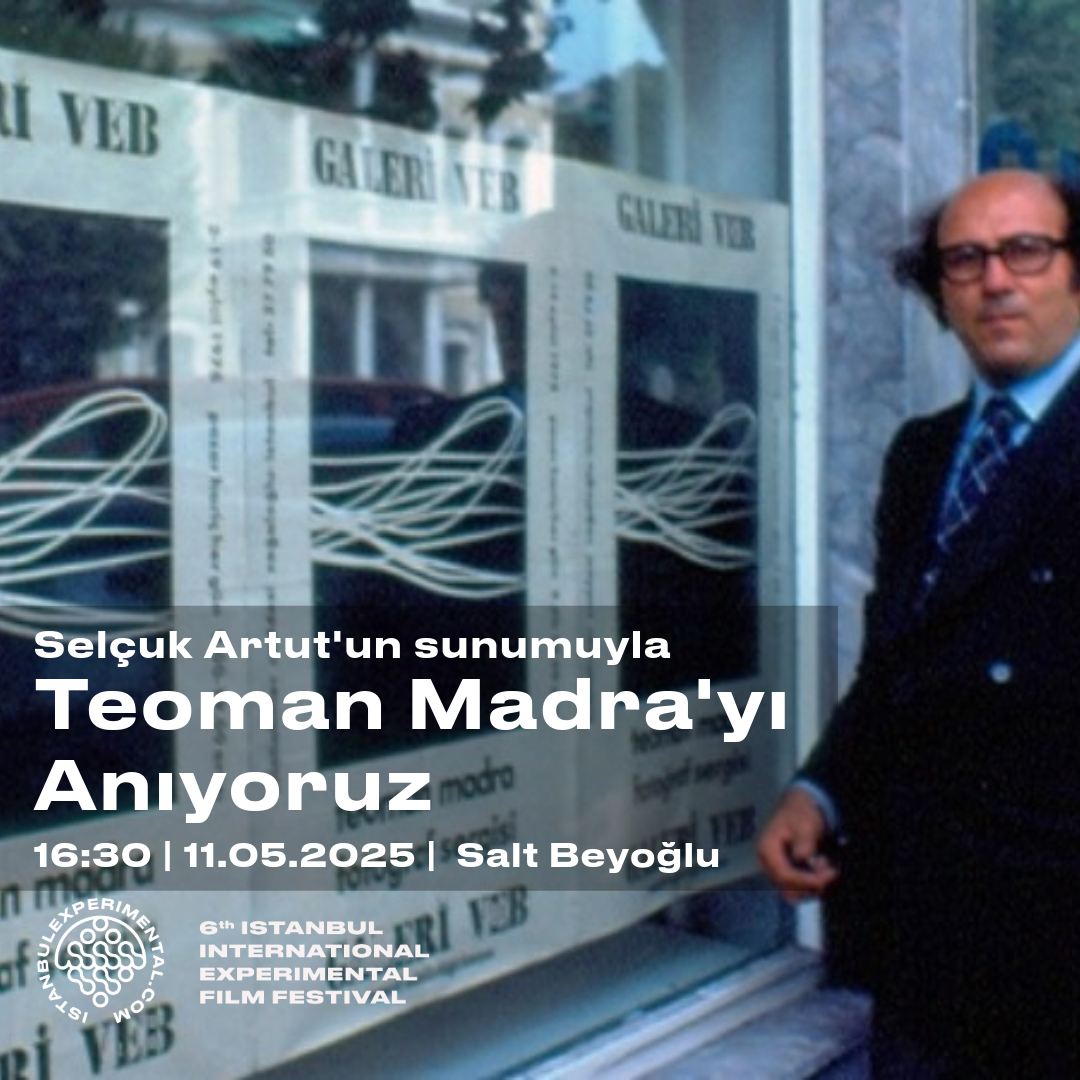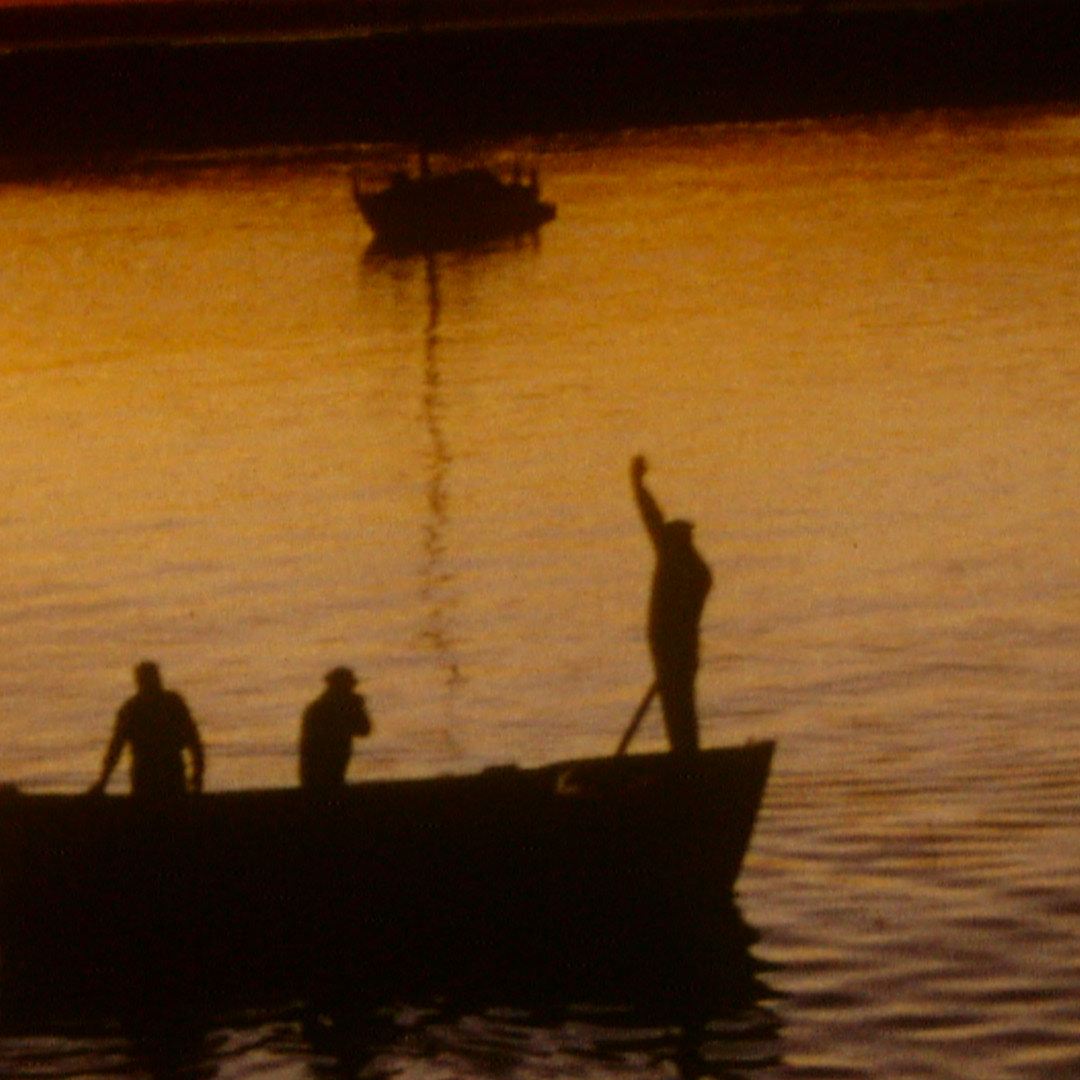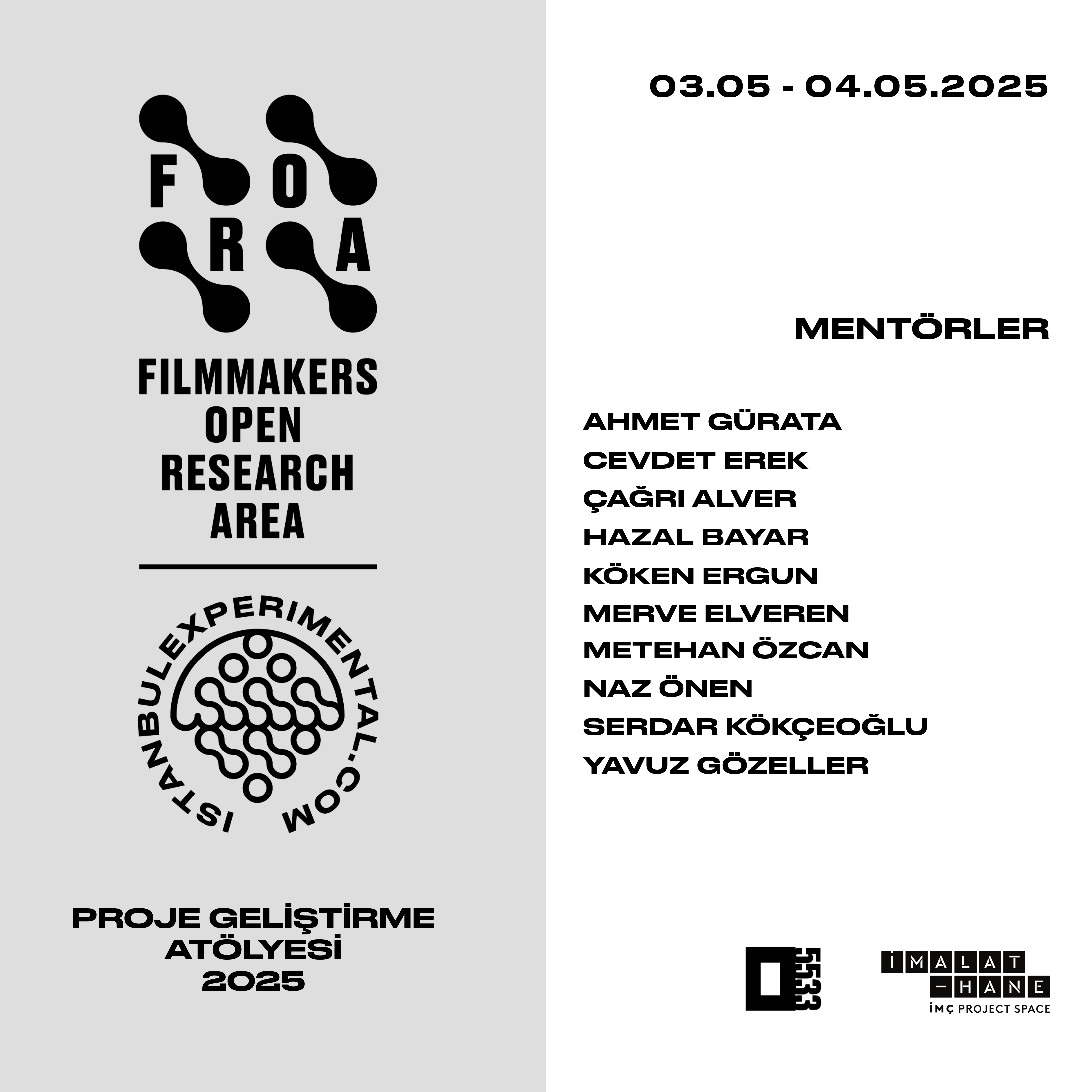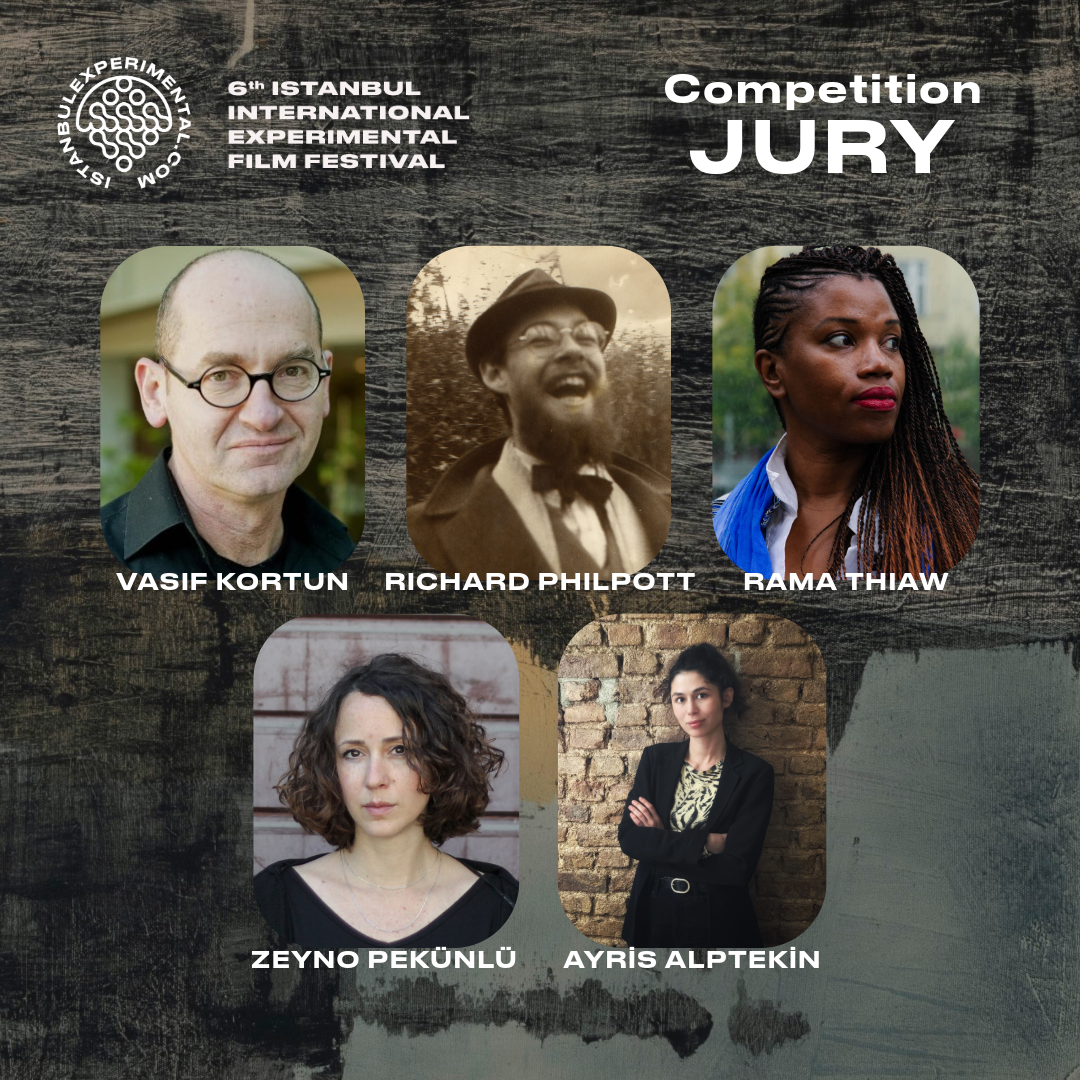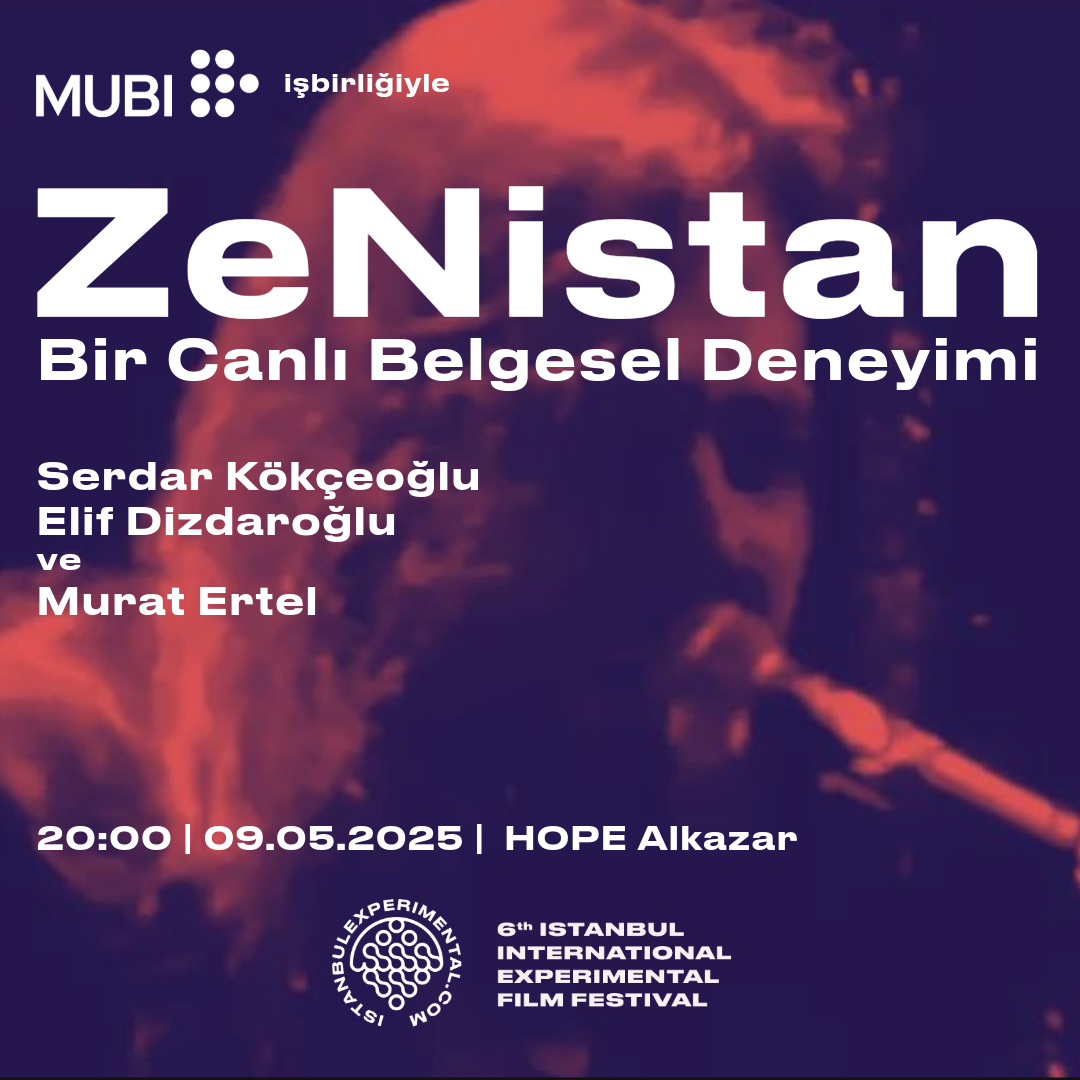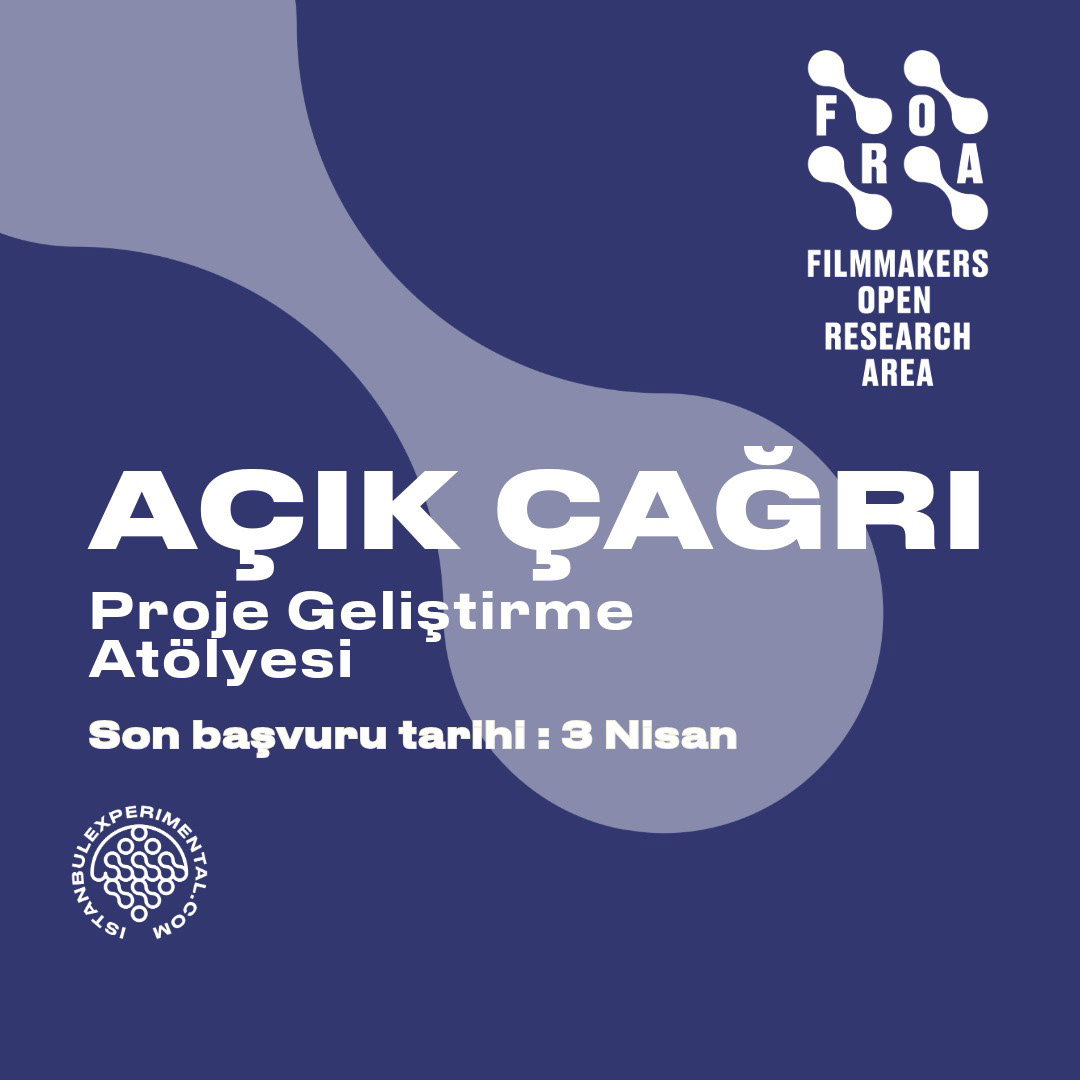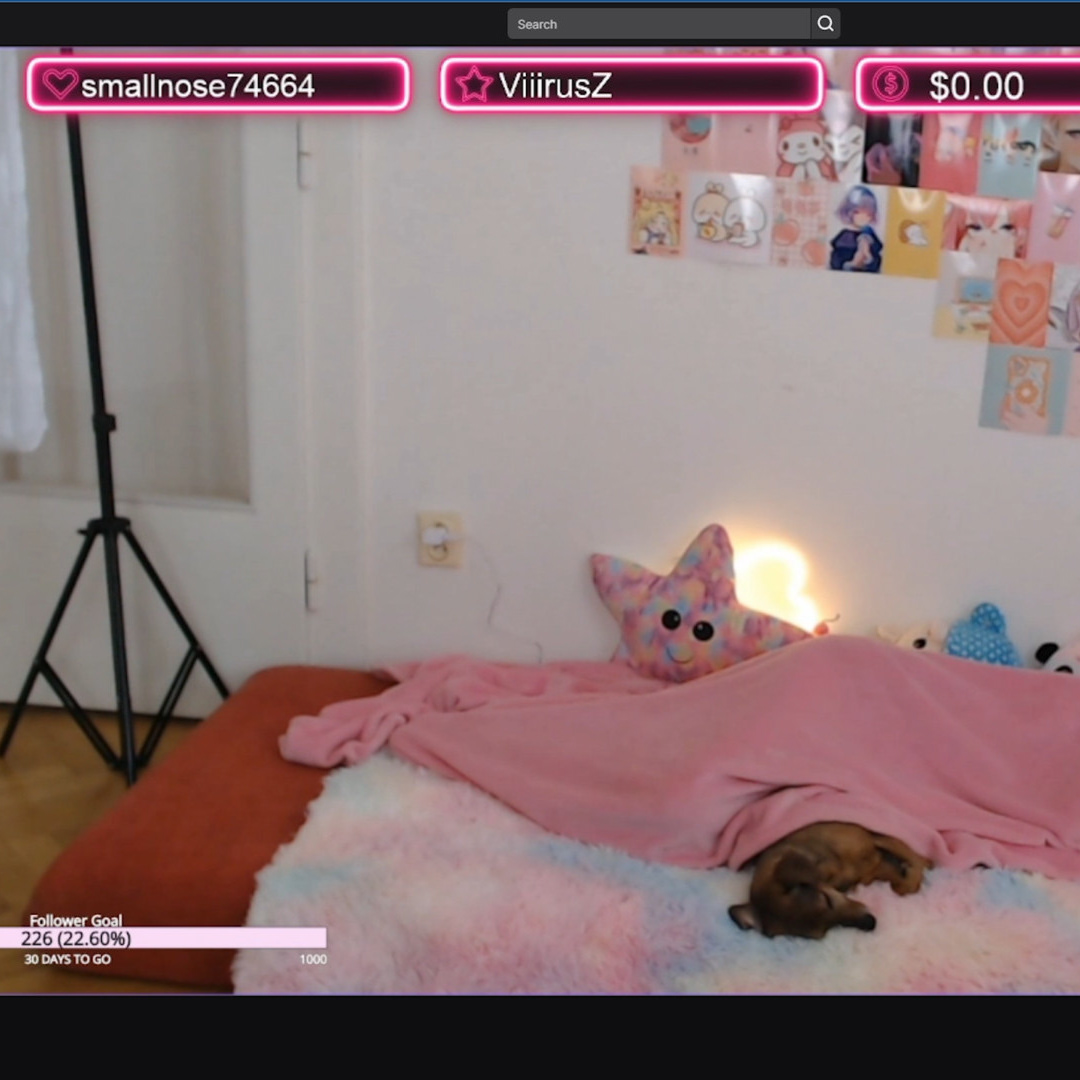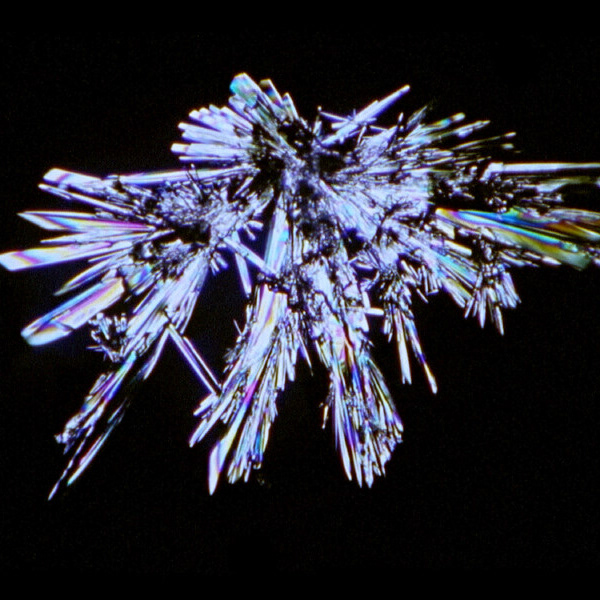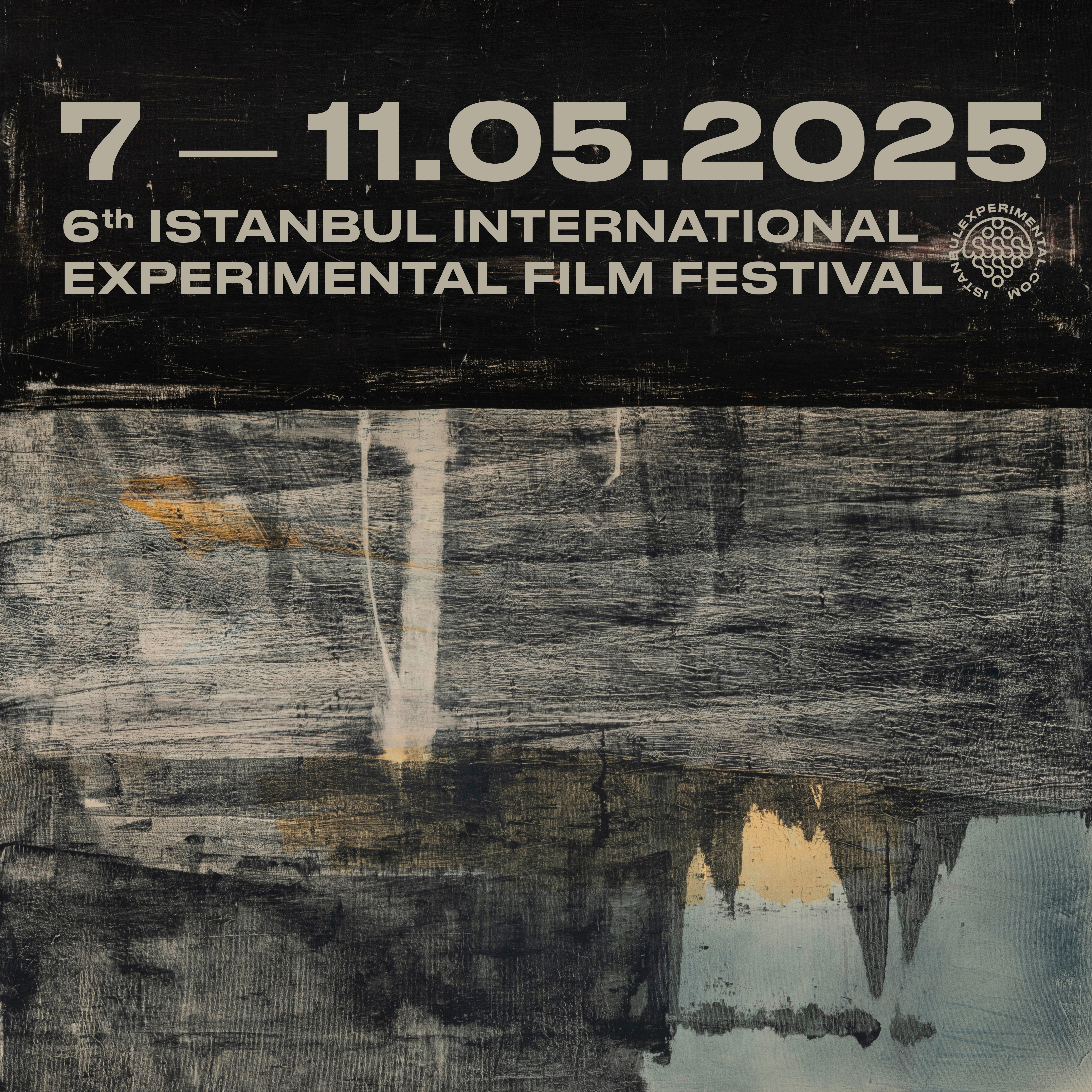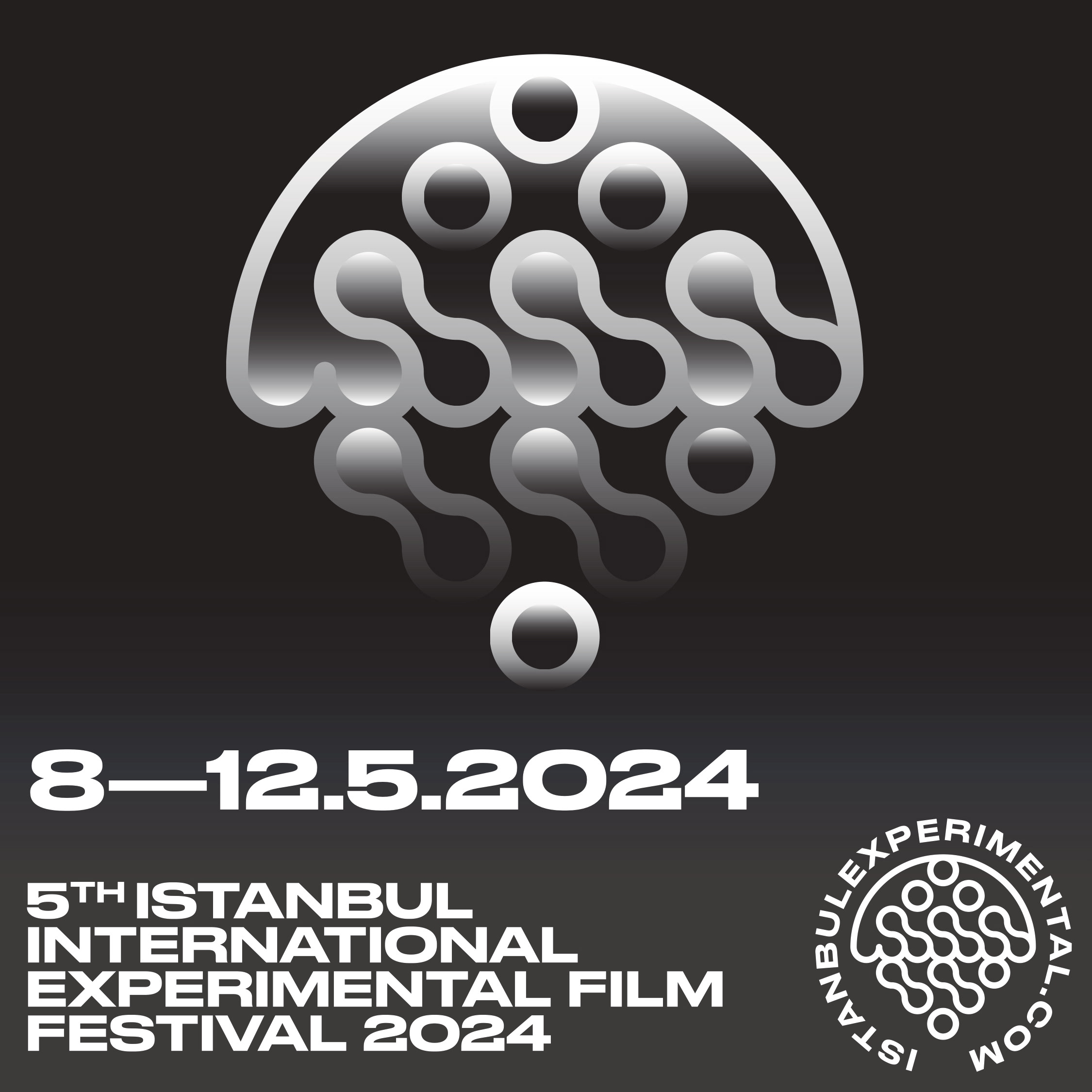Rafael Hastings Film Project
11.5.2024 | Saturday | Salt Galata | 15:00
11.5.2024 | Saturday | Salt Galata | 15:00
THE UNCONDITIONED UNCONCEALMENT
(FOUR SHORT FILMS ON THE ACT OF VANISHING)
The Island of the Immortals
(A Legend from the Time of Ho-Chi)
Rafael Hastings
Rafael Hastings
7' 47'' | 1974 | 35mm
Peru
Peru
The work narrates part of an oriental legend that portrays the difficulty and impossibility of being able to reach the three sacred mountains, surrounded by the arid and extensive landscapes of the bay of Paracas, a space that resembles the early planetary geology. The rocky coast of southern Peru is presented as an illusion through its most emblematic monuments, such as the gigantic trident-shaped geoglyph or “candelabro” of the Nazca culture, representing the “world above” (Hanan Pacha). These references to the Andean cosmovision are combined with the appearance of the oldest married couple, Fo-Hi (first emperor of China) and Niu-Kua (goddess of the creation of all living beings).
Unconditioned Unhiding and/or An Approximation of the Act of Disappearing
Rafael Hastings
Rafael Hastings
7' 37'' | 1974 | 35mm
Peru
Peru
The work delves into the concept of death based on the notion of pre-Columbian cultures that saw death as a state of transit that had to be accompanied by rites and ceremonies. To this end, the movements of funerary masks and false heads with elaborate and colourful feathered headdresses (which are part of a late tradition on the central coast) are portrayed using special effects. The film fuses shots of rocky landscapes of Paracas Bay with the appearance of Fo-Hi and Niu-Kua, the mythical couple who are responsible for the creation of mankind. The use of funerary masks also alludes to the way in which ancient Peruvians defined death as an act of transcendence.
Legend of two Gardens
(From an Anonymous Document Collected by Octavio Paz)
Rafael Hastings
(From an Anonymous Document Collected by Octavio Paz)
Rafael Hastings
7' 53'' | 1974 | 35mm
Peru
Peru
The work takes the meaning of death to a poetic and even ironic space. The singer-songwriter Susana Baca recites Octavio Paz’s poem “A Tale of Two Gardens”. The poem poses a subtle comparison between Western and Hindu cultures with the aim of seeking reconciliation and achieving coexistence between these two worlds. The garden is transformed into an animistic space where both floating and flaming skulls provide a sense of delocalisation of the human condition for a more permanent and transcendental one.
The Four Celestial Poles
(From a Stone Testimony Filmed in Sechín, Casma, Peru)
Rafael Hastings
(From a Stone Testimony Filmed in Sechín, Casma, Peru)
Rafael Hastings
7' 53'' | 1974 | 35mm
Peru
Peru
This short film connects the oriental legend of Niu-Kua to the iconography of the petroglyphs and monoliths of Sechín. Niu-Kua, goddess of the creation of all living beings, undertook the arrangement of the Universe by bringing the country of Ki into balance and thus achieving the union between Yin and Yang. The rich imagery of the stone bas-reliefs at Sechin alludes not only to human sacrifice, but also to the restoration of the primordial state as a quest for the human condition.
Rafael Hastings
Rafael Hastings (Lima 1945-2020) was a Peruvian multidisciplinary artist who studied at the Catholic University of Peru and the Royal College of Art.
His works constitute a disruptive and avant-garde record of the audiovisual arts in the national and Latin American cinematography. The experimental style and the fusion of artistic elements through the linking of diverse practices. The search for his filmography has been an ongoing task, as some of the materials remain dispersed and the information about their content has been the product of arduous research carried out over the last few years in archives and museums both in Peru and abroad.
His works explored diverse formats and techniques such as: video, films, painting, texts, posters, sculptures with sound, drawings, installations, etc. and have been exhibited in various countries such as Germany, Spain, France, United States, Argentina, Brazil, and in more than a hundred exhibitions around the world. Some of his works are part of public collections such as the Musée de la Ville de Paris, the Berlin Museum of Art, the Museum of Modern Art in New York and the Museo de Arte de Lima. His talent has been recognised with important international awards such as the Codex Prize for Latin American Painting, the Marzotto Prize, the Biennial Prize of the Biennale de Paris and the German Critics' Prize.
José-Carlos Mariátegui
Writer, curator, scholar and entrepreneur on culture, and technology. Dr. Mariátegui is the founder of Alta Tecnología Andina – ATA, an organization working at the intersection of art, science, technology and society in Latin America. His multidisciplinary research embraces history of cybernetics, media archaeology, digitization, archives and the impact of technology in memory institutions. He is a Lecturer at LUISS (Rome) and a Senior Visiting Research Fellow at the Department of Media and Communications at the London School of Economics and Political Science. He co-curated with Monica Bello the exhibition Quantica which toured internationally. Has published in journals such as AI & Society, Third Text, The Information Society, Telos and Leonardo and curated art and technology projects for more than two decades.

